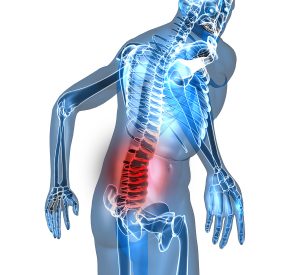
Pain-related fear is implicated in the transition from acute to chronic low back pain and the persistence of disabling low back pain, making it a key target for physiotherapy intervention. The current understanding of pain-related fear is that it is a psychopathological problem where people who catastrophise about the meaning of pain become trapped in a vicious cycle of avoidance behaviour, pain and disability, as recognised in the Fear Avoidance Model. However there is evidence that pain-related fear can also be seen as a common sense response to deal with low back pain, for example, when one is told that their back is vulnerable, degenerating or damaged. In this instance avoidance is a common sense response to protect a ‘damaged’ back. While the Fear Avoidance Model proposes that when someone first develops low back pain, the confrontation of normal activity in the absence of catastrophising leads to recovery, the pathway to recovery for individuals trapped in the fear avoidance cycle is less clear. Understanding pain-related fear from a common sense perspective enables physiotherapists to offer individuals with low back pain and high fear a pathway to recovery by altering how they make sense of their pain.
Drawing on a body of published work exploring the lived experience of pain-related fear in people with low back pain, this Clinical Commentary illustrates how Leventhal’s Common Sense Model may assist Physiotherapists to understand the broader sense-making processes involved in the fear avoidance cycle and how they can be altered to facilitate fear reduction by applying strategies established in the behavioural medicine literature.
No comments:
Post a Comment